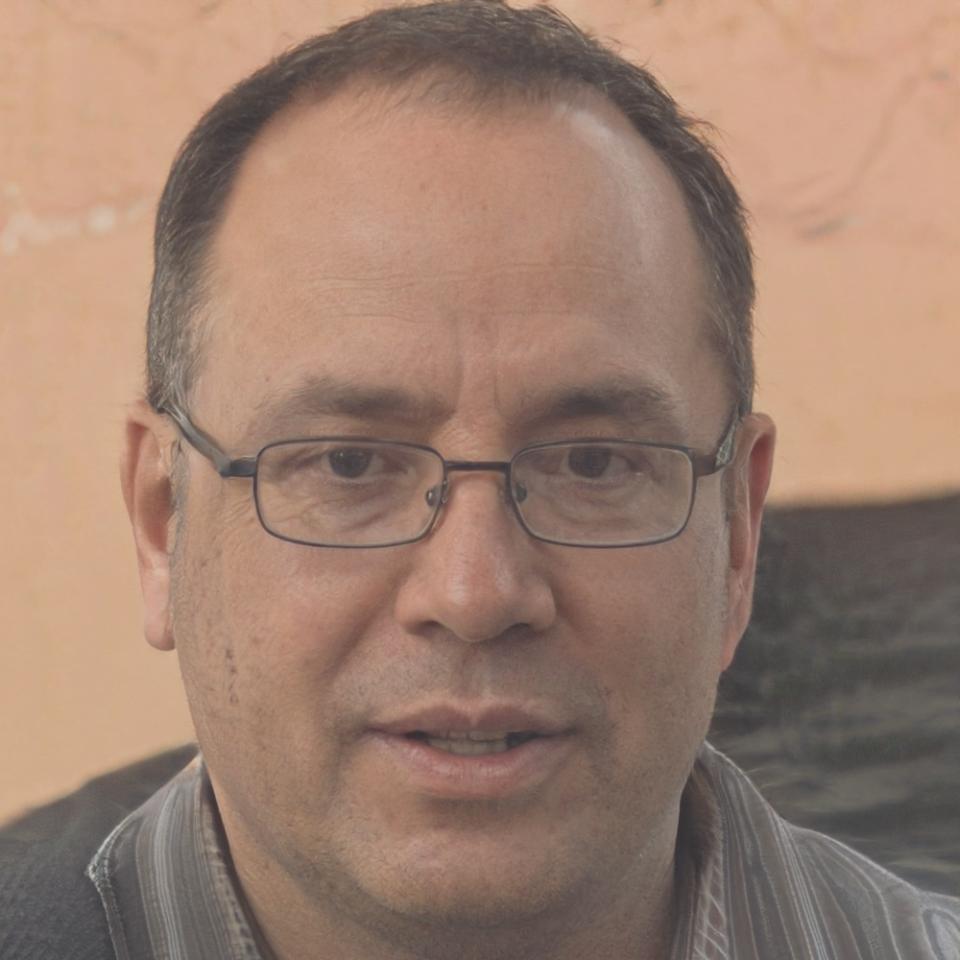Teaching Methods That Actually Work
We've spent years figuring out how people really learn about finance. Not the textbook way, but the way that sticks when you're making real decisions with your money.
Start With Your Current Reality
Most finance education assumes everyone starts from the same place. We begin by understanding your specific situation - your income, expenses, goals, and honestly, your relationship with money.
This isn't about judgment. Some people grew up talking about investments at dinner. Others learned that money was something you didn't discuss. We meet you where you are.
Build Understanding Through Real Scenarios
Instead of abstract formulas, we work through actual situations. What happens when you get an unexpected bonus? How do you evaluate whether refinancing makes sense? These are the moments when financial knowledge becomes useful.
Khamphone Vilayvong, one of our instructors from Vientiane, puts it well: "I show students my own spreadsheets. The messy ones with crossed-out numbers and changed plans. That's how real financial planning looks."
Practice With Guided Support
Reading about compound interest is different from calculating how much you need to save for a goal that matters to you. We provide tools and frameworks, then help you apply them to your actual circumstances.
The breakthrough usually happens when someone realizes they already understand the concept - they just needed to see it in context.
Develop Your Personal System
Everyone needs a different approach to managing money. Some people love detailed budgets. Others need simple rules they can follow automatically. We help you figure out what actually works for your personality and lifestyle.

Case-Based Learning
Every lesson centers around real situations people face. Whether it's choosing between job offers with different benefit packages or deciding if a major purchase fits your budget, we use actual scenarios.
Peer Discussion Groups
Sometimes the best insights come from hearing how someone else approached a similar challenge. Our small group sessions let people share experiences and learn from different perspectives.
Personal Application Projects
Theory only matters if you can use it. Each module includes exercises based on your own financial situation, so you're building skills you'll actually need.
Incremental Complexity
We start with concepts you already understand, then gradually introduce new elements. By the time we're discussing portfolio allocation, you've already mastered the underlying principles.

Learning From Experience, Not Just Theory
Somsak Rattanavong leads our curriculum development, and his background shapes how we think about teaching finance. He spent eight years as a financial advisor before realizing that most people needed education more than products.
"I watched too many clients make decisions based on fear or incomplete information," he explains. "The problem wasn't that they couldn't understand financial concepts. The problem was how those concepts were usually explained."
That insight drives our approach. We focus on helping people develop judgment and confidence, not just knowledge. The goal is for students to feel equipped to make financial decisions that align with their values and circumstances.
Behavioral Finance Focus
Understanding why we make the money decisions we doCultural Context
Financial strategies that work within Lao family and social structuresPractical Implementation
Tools and systems you can actually use in daily lifeLong-term Perspective
Building wealth sustainably over decades, not quick fixesWhat Learning Actually Looks Like
From Confusion to Confidence
Last year, Bounmy joined our program feeling overwhelmed by conflicting advice about investing. She'd read articles, watched videos, but couldn't figure out how to actually start.
Six months later, she'd built an emergency fund and started a diversified investment portfolio. More importantly, she understood the reasoning behind her choices and felt confident adjusting her strategy as her situation changed.
The transformation happened gradually through our structured approach. Each session built on the previous one, and she practiced every concept with her own financial data.
Explore Our Programs